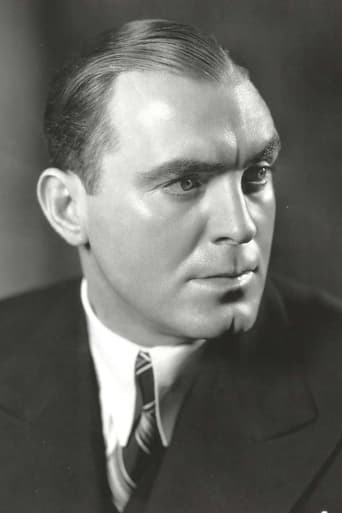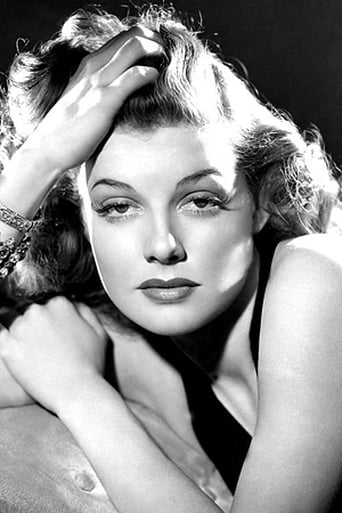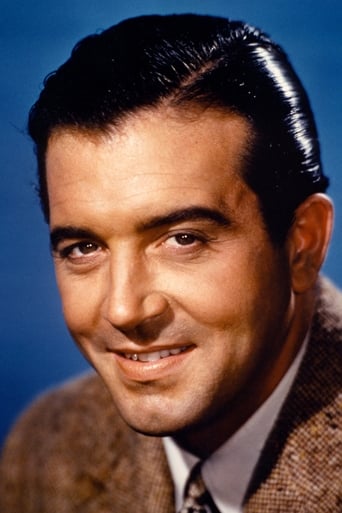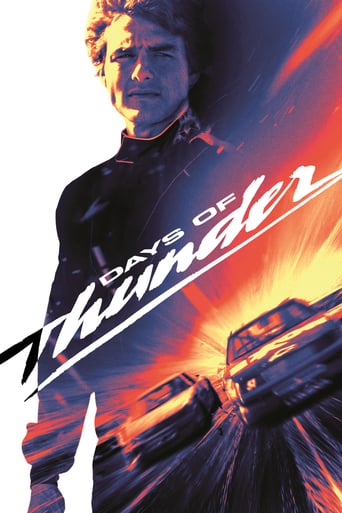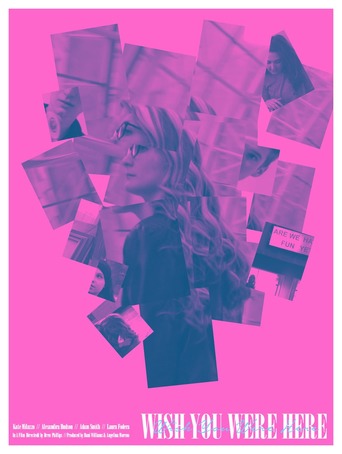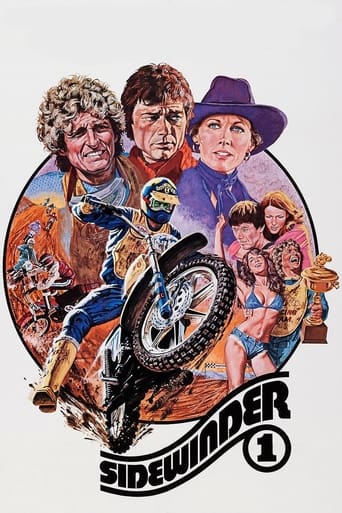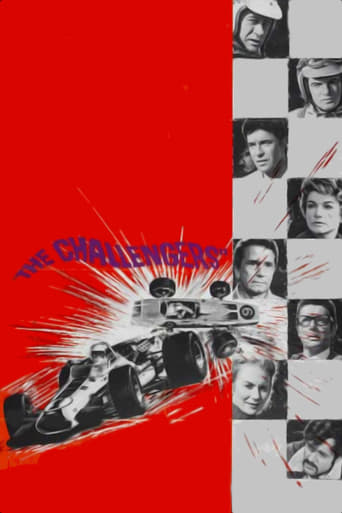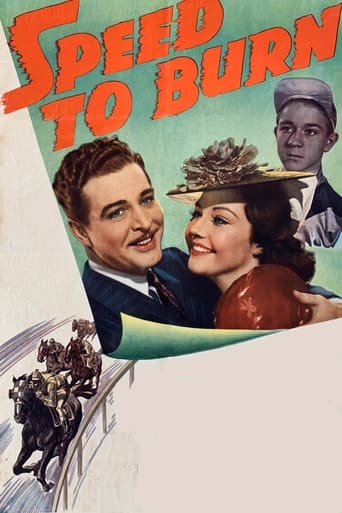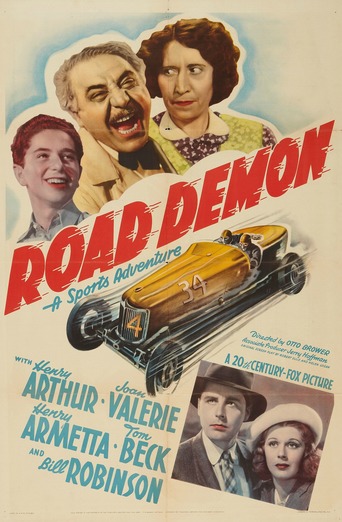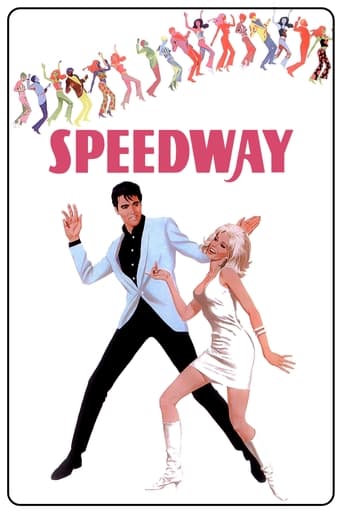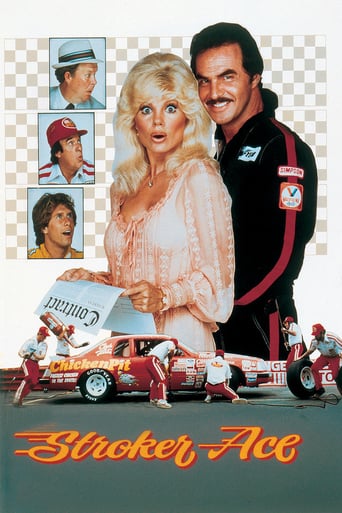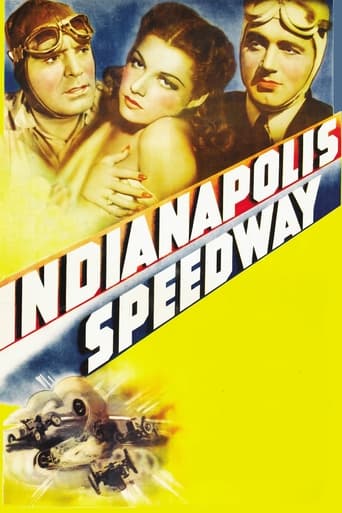
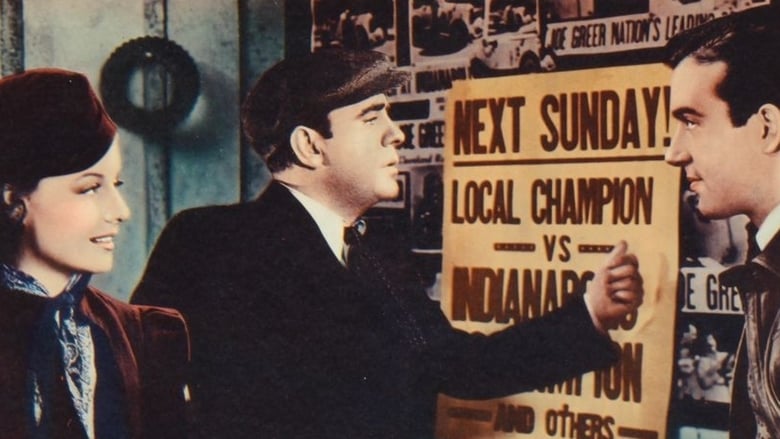
Indianapolis Speedway (1939)
A champion auto racer who unhappily learns his kid brother wants to enter the same profession rather than finish school.
Watch Trailer
Cast
Similar titles

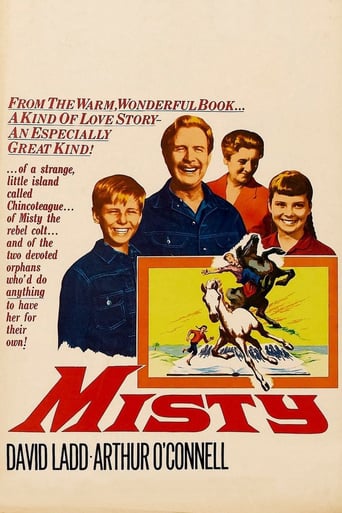
Reviews
best movie i've ever seen.
I cannot think of one single thing that I would change about this film. The acting is incomparable, the directing deft, and the writing poignantly brilliant.
Wow! What a bizarre film! Unfortunately the few funny moments there were were quite overshadowed by it's completely weird and random vibe throughout.
I am only giving this movie a 1 for the great cast, though I can't imagine what any of them were thinking. This movie was horrible
***SPOILERS**** Coming back home after another of his many big victories on the race track cigar chomping race car driver Joe Greer, Pat O'Brien, is shocked to find out that his kid brother Eddie, John Payne, who's collage tuition he's been paying for the last five years has gotten race car fever in his blood. Like big brother Joe Eddie want's to a racer and make it big on the California race car circuit. Just when Joe is about to give into his kid brother's future plans he's double shocked to find out that Eddie is romantically involved with the wild and hot as a branding iron Frankie Merrick played by the "Oomp Girl" Ann Sheridan. It was Frankie who Joe held responsible for the car crash death of his good friend Eddie Musco who instead of keeping his eyes on the road kept his eyes on her having his car crash and go up in flames, together with Eddie, at the 1935 Indianapolis 500 car race.As things turn out Eddie becomes the big banana in California racing when he's soon nominate to race against Joe in the California Championship Racing Series to prove to the world of car racing who of the two is #1 in the sport. It's in the final lap that Joe's partner who's running interference for him "Spud" Connor, Frank McHugh, ends up dead when he loses control of his car and crashes into the stands. In a state of total shock Joe loses his will as well as nerve to go on in life and slowly becomes a listless bum until he gets a second chance to redeem himself. That's when he drifts into Indianapolis on the weekend of the big race, Indianapolis 500, end ends up due to circumstances beyond his control competing in it.***SPOILERS*** Great racing scenes mostly taken from the 1932 film that it was a remake of "The Crowd Roars" with at first a mistaken, by myself, the lean and fit John Payne looking like the string-bean like and undernourished James Stewart. Just when it looked hopeless for Joe to win with one of his tires about to blow itself out his nerve suddenly comes back, together with his cigar, as he hits the finish line of the race first winning it. It was in fact Eddie that Joe replaced halfway in the race when he ended up getting injured in a pit stop making him unable to continue and finish the race. Joe in fact beat Eddie again in the end of the movie by his taxi driver, under Joe's urging, beating Eddie's ambulance driver to the hospital, risking everyone's lives, to be treated for their injuries.
Although this was a remake as the 3 other reviewers cite, it was well done with refreshing portrayals by Ann Sheridan, and Gail Page. Pat O'Brian? please, he's a genius. in the thirties, unlike today, the oldest sibling did take up for the family more often than not, in fact my grandfather turned down a chance to go to college (notre dame) because his father passed away and he went to work to support his mom and siblings. I think the train scene early on set the tone of what kind of guy Joe is and then when seeing his brother not in school, who could blame him for being upset. This movie is a wild ride with great old racing footage, including a (non fatal in real life) fiery crack up that was actually a driver named Friday from the mid-west. I loved the cast and I loved the movie, the two, The Crowd Roars & this one are in a virtual dead heat at the finish line.
The movie that this was based on, THE CROWD ROARS, starred Jimmy Cagney and was simply a better film in every way. Thanks to a very astute reviewer (Arthur Hauser), the footage of the races is identical in the second movie and many other scenes were just lifted from the original. So, apart from the remake not being original, why else did I dislike this film? I think the biggest reason was Pat O'Brien's character. While he was a controlling jerk in the original, in this case he also seems very shrill and totally unlikable. So here we have a retread movie with an unlikable star--what is left? Well, not much. All you really have is a time-passer. Period.It's really a shame. The actors in the movie were better than the material and the complete rip-off of the footage from the original makes this a cynical attempt by Warner Brothers to expend little money or effort to squeeze a few more bucks out of an ancient story.
In this remake of The Crowd Roars (1932), John Payne was more believable than Eric Linden was in the original, as the kid brother who wants to be a racing driver, but I'll take James Cagney over Pat O'Brien in the lead for this type of role. I also enjoyed the original female stars, Joan Blondell and Ann Dvorak, more than Ann Sheridan and Gale Page in this film. Still, both films were comparable in enjoyment for me. This film is almost a scene by scene remake, including the cute ending where each injured racing driver instructs his ambulance driver how to beat the other to the hospital. They still have racing in their blood even when it's spilled.I watched both films on successive days, so each was fresh in my mind. It was a shock to see how much footage from the earlier version was put in the later version. I'm sure it saved Warner Bros. lots of money and were it not for video tape recorders, nobody would notice. (I was also able to play both films simultaneously on two separate VCRs, stopping one when the other was playing, in order to quickly compare any two scenes.)The studio got away with using the old footage by several ways. First, the new screenplay used the same names (Joe Greer and Eddie Greer) for the brothers. This allowed the footage of the four announcers (Wendell Niles, Sam Hayes, John Conte and Reid Kilpatrick) for the three racing sequences of the first film to be incorporated in toto in the later film. They are extensive sequences involving hundreds of words and many images, but I am sure none of the four got a paycheck for this film, although some outtakes from the earlier film may have been used. Also, several other actors reprised their roles: Frank McHugh, Regis Toomey, John Harron, Ralph Dunn, Sol Gorss, Billy Arnold and Billy Wayne. Some new scenes were shot when they interacted with the new actors, but scenes otherwise were lifted from the earlier film. We see Frank McHugh coughing, laughing and finally dying when his car catches fire, all from the old footage. We see his wife crossing the track to get to him from the old footage, and even though the earlier wife was played by Charlotte Merriam and his wife in this film was Grace Stafford, you cannot tell the difference in longshot. But the police who restrain her made it obvious it was from the old footage. Old footage is also used when the pitmen, John Harron and Billy Wayne, signal the driver with signs. And every crash, spinout, fire, crowd scene as well as the cars racing around the track was from the old footage. (At one point a horse inexplicably appears on the track in both films at the same place.) When seen in closeup with the new actors, these cars had the same numbers painted on their sides, so that the announcers' descriptions made sense. All of the old footage, however, was smoothly edited in with the new. Since a good deal of the cost of the original film was in the racing sequences, this really was a great object lesson on how to remake a film cheaply.
